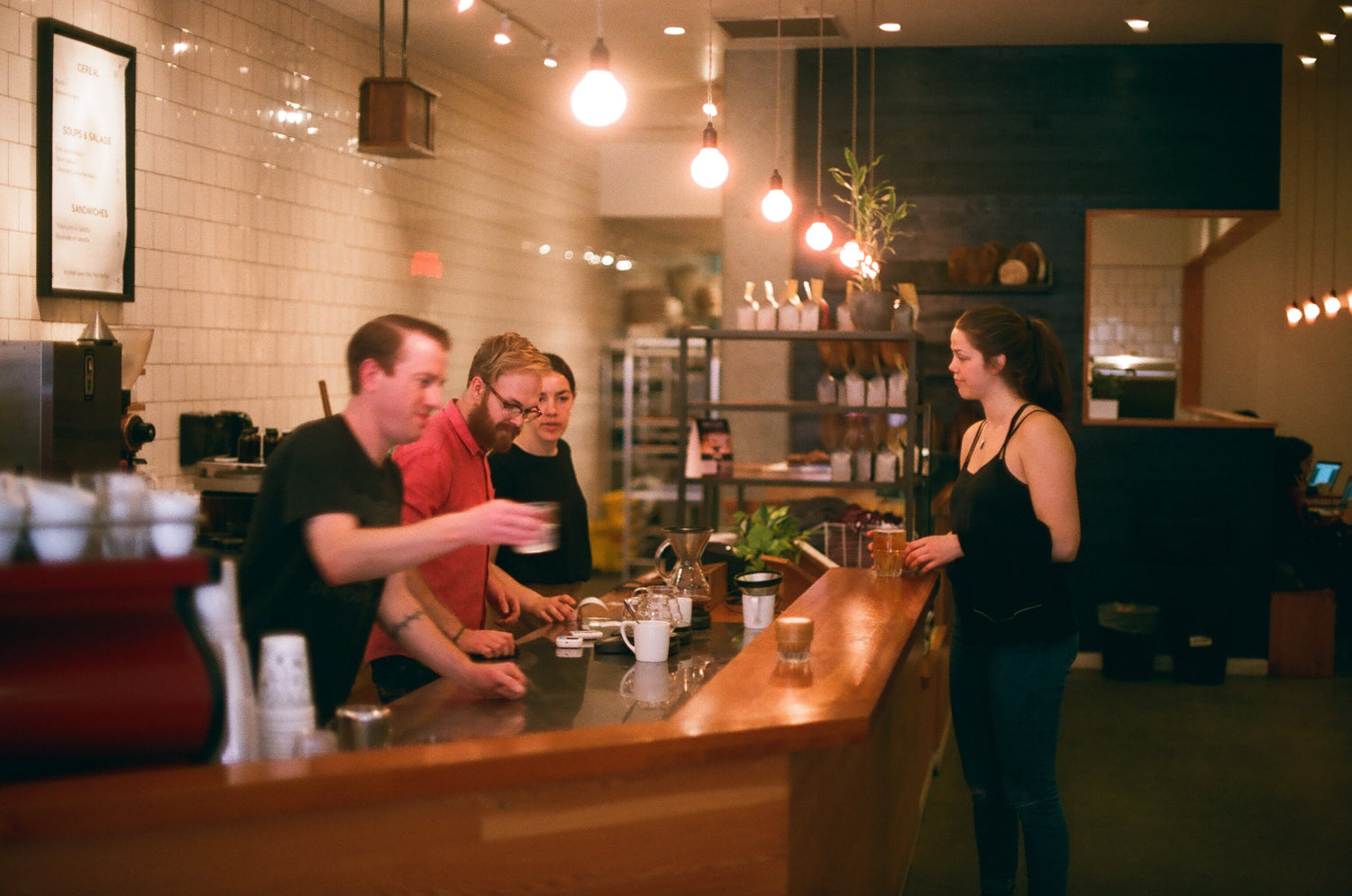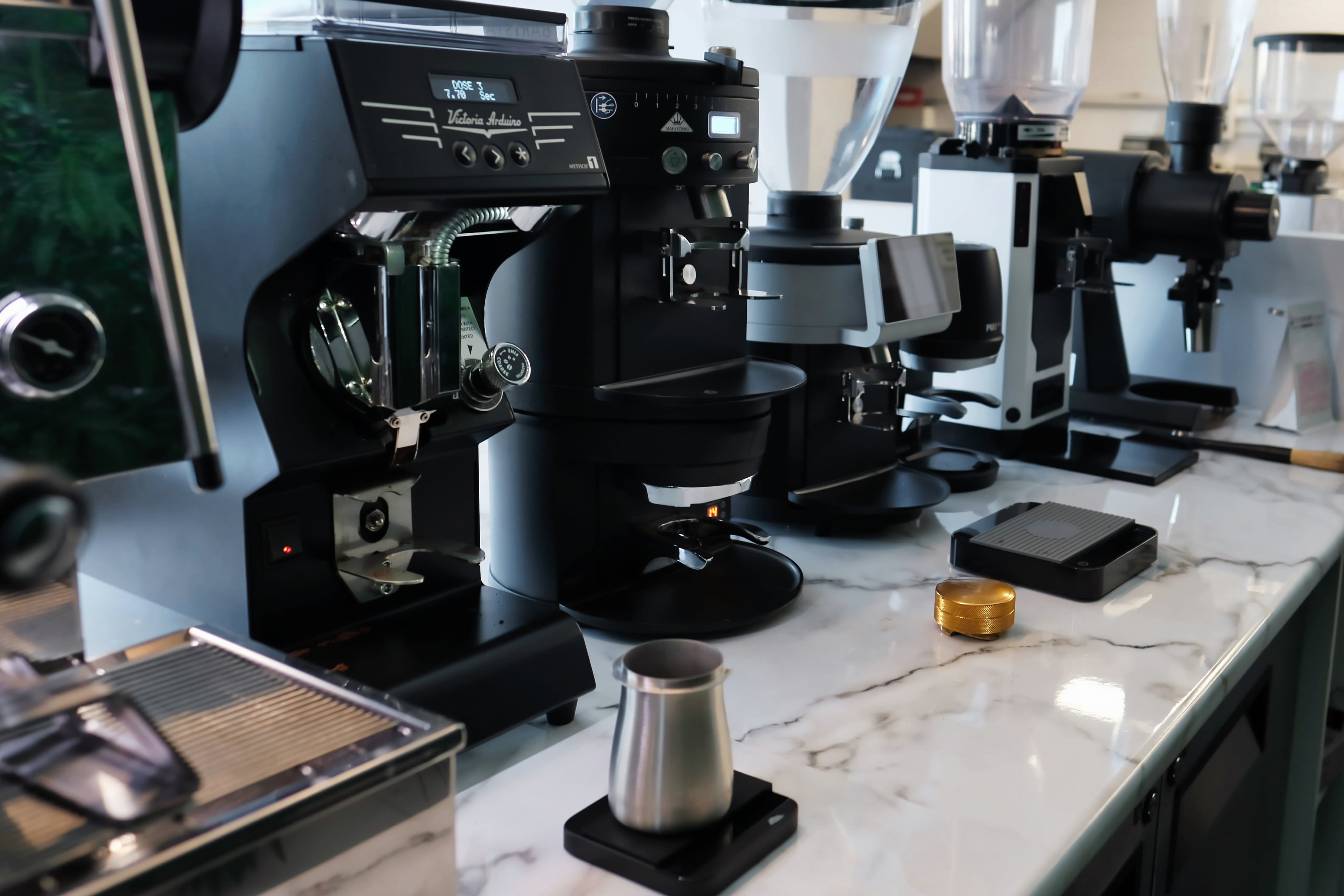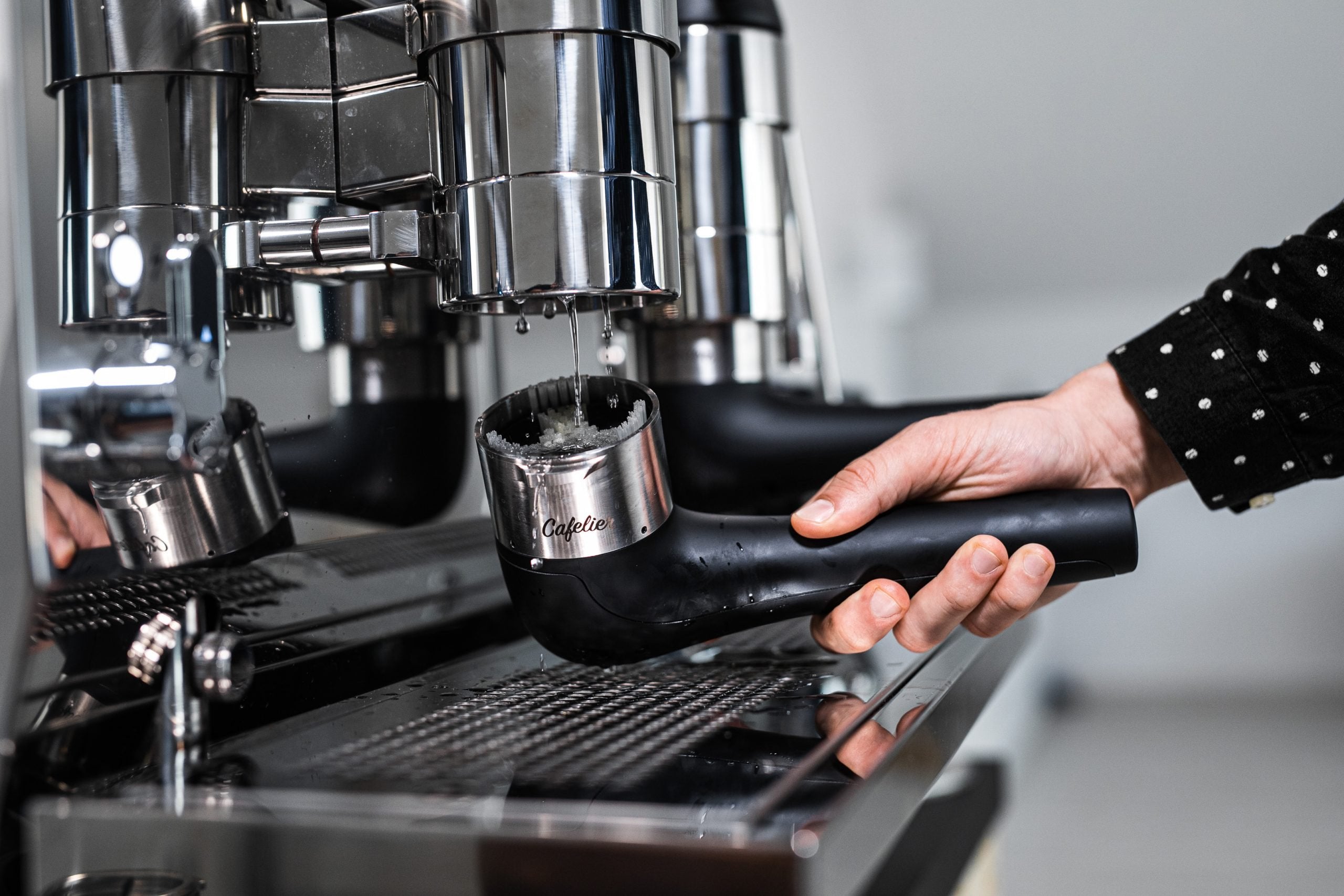High labour costs can be the financial undoing of a restaurant or cafe. Fortunately, there are many things you can do to reduce your pay outlay. Cameron Cooper reports
Imagine running a cafe or restaurant in which wages represent just 20 per cent of operational costs.
The figure may seem fanciful in an industry where ‘typical’ labour costs can constitute more than 40 per cent of expenditure, depending on the type of eatery. However, Ken Burgin, community manager at hospitality industry equipment funder Silver Chef, says owners and chefs need to challenge conventional wisdom about labour imposts. “There’s nothing wrong with setting a challenge,” he says.
Burgin says there are some smart steps to take, including using cloud-based rostering so you know to the minute what your wages are during any given week; getting managers and chefs to do their own costed roster, setting them a budget and giving them incentives to stay on target; updating to labour-saving equipment to cut down on manual work; and examining days or parts of days when sales are low and considering whether it is viable to open.
Burgin adds that making tough decisions, such as letting go of unproductive staff members, should also be part of the mix for eateries that need to be aiming to get back 15c to 20c in the dollar as profit from their operations.
Golden rules
Tony Eldred, founder and principal consultant of hospitality management business Eldred Hospitality, says labour costs are a perennial headache for restaurateurs.
He estimates that labour costs represent about 26 per cent of spending for eateries such as bistros without table service, up to 33 per cent for mainstream restaurants with table service, and about 40 per cent for fine-dining establishments. “But most fine-dining restaurants don’t make a profit, so it’s really a moot point at that level.”
Too often, according to Eldred, there is an assumption that higher wage costs are a consequence of having too many staff on the floor. As a result, the inclination is simply to try to make roster cuts.
“But most of the time they just reduce the service levels, which in turn reduces income levels,” Eldred says.
He advises owners and managers to be conscious of three crucial factors. First, they should realise that high wage costs are often the result of high staff turnover. “Most cafe owners and restaurateurs don’t associate the loss of staff with the number of hours that are required to recruit and train and settle in a new employee,” he says.
Second, remember to examine customers’ average spending levels and ensure that front-of-house staff are active with sales and merchandising “so they bring in more revenue or money per labour hour”. Eldred explains: “You can cure a wage-cost problem by increasing revenue without increasing labour proportionally.”
“Wage cost control is probably the most tricky area of management and probably the most misunderstood.”—Tony Eldred, founder, Eldred Hospitality
Third, operators must appreciate that the key to managing wage costs lies at the supervisory level.
“The owner can’t be everywhere at once. So, the secret is to develop a very strong supervisory structure both in the kitchen and front of house.”
Balancing act
Restaurant & Catering Australia deputy CEO Sally Neville says the wages-versus-service equation for restaurant and cafe owners is a delicate balancing act. The group’s 2017 Industry Benchmarking Report reveals that staff wages comprise 44 per cent of business costs. Neville says using technology to focus labour on areas of most consumer benefit is critical to reducing the cost of labour without diminishing service standards.
“An effective point-of-sale system can save time and staff hours and create efficiencies,” she says. “Using online booking systems saves staff hours on the phone taking bookings. Using great cooking technology can create efficiencies, too.”
Eldred adds that it pays to be creative and match service levels to customer needs. Rather than expensive full-table service, it may be appropriate to provide partial table service whereby a customer orders and picks up food at the counter while roaming staff members serve beverages. “It’s the beverages where the profit is.”
Training focus
One imperative for restaurant and cafe managers is to get their staff training right.
Burgin believes cross-training is the key so kitchen, bar and front-of-house staff can step into different roles as required. He also suggests monitoring service standards through social media feedback or a ‘mystery customer’ program.
While Australian wages are relatively high, Burgin agrees they can be offset if a well-trained waiter encourages a table of diners to order extra drinks or have dessert. “Aussies aren’t born with a selling gene—we don’t naturally upsell,” he says, adding that such reticence needs to end.
Neville agrees that staff training to increase the selling capability of a team “will improve the average cheque” and is much easier than creating a brand new customer. “If each guest spends one extra dollar per visit, that can add up quickly to thousands of dollars extra revenue each week without much extra labour cost.”
The bottom line
According to Burgin, prospective restaurant owners and chefs “can’t go in to the business to be creative only”. Someone must be able to crunch the numbers, including labour costs.
“There’s often an assumption that the numbers will naturally fall into place—but with Aussie wages they don’t.”
This great content is produced for members of the Restaurant & Catering Association. Find out about becoming a member here.



